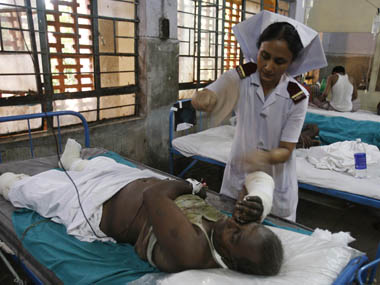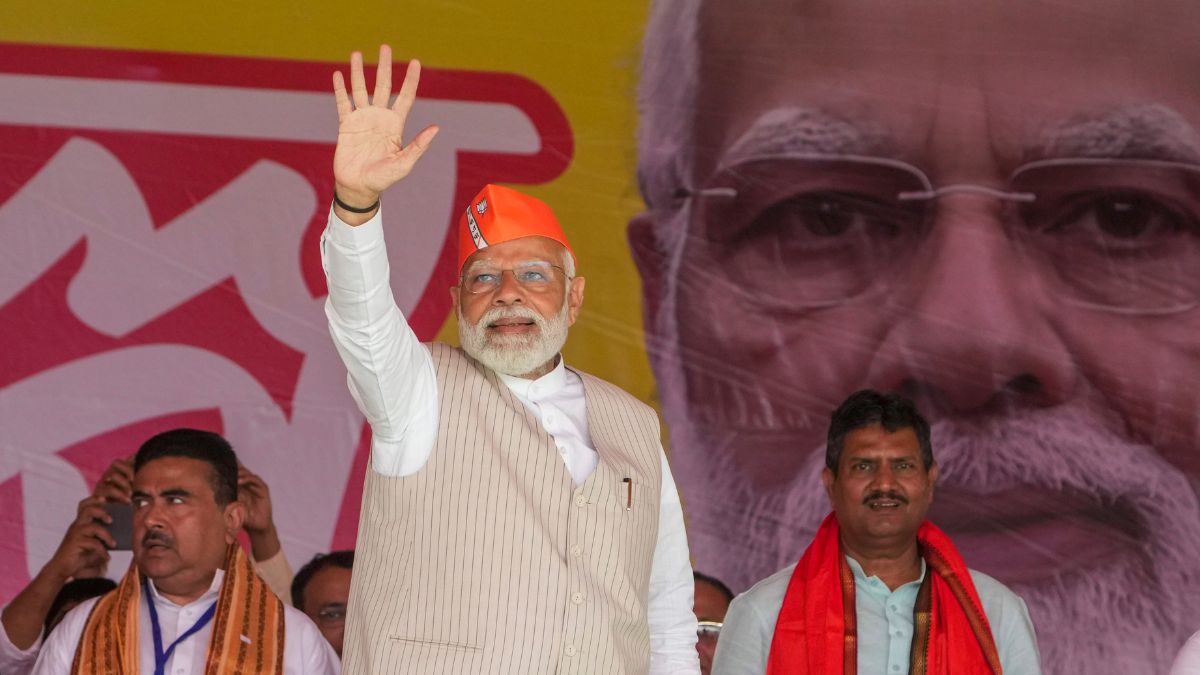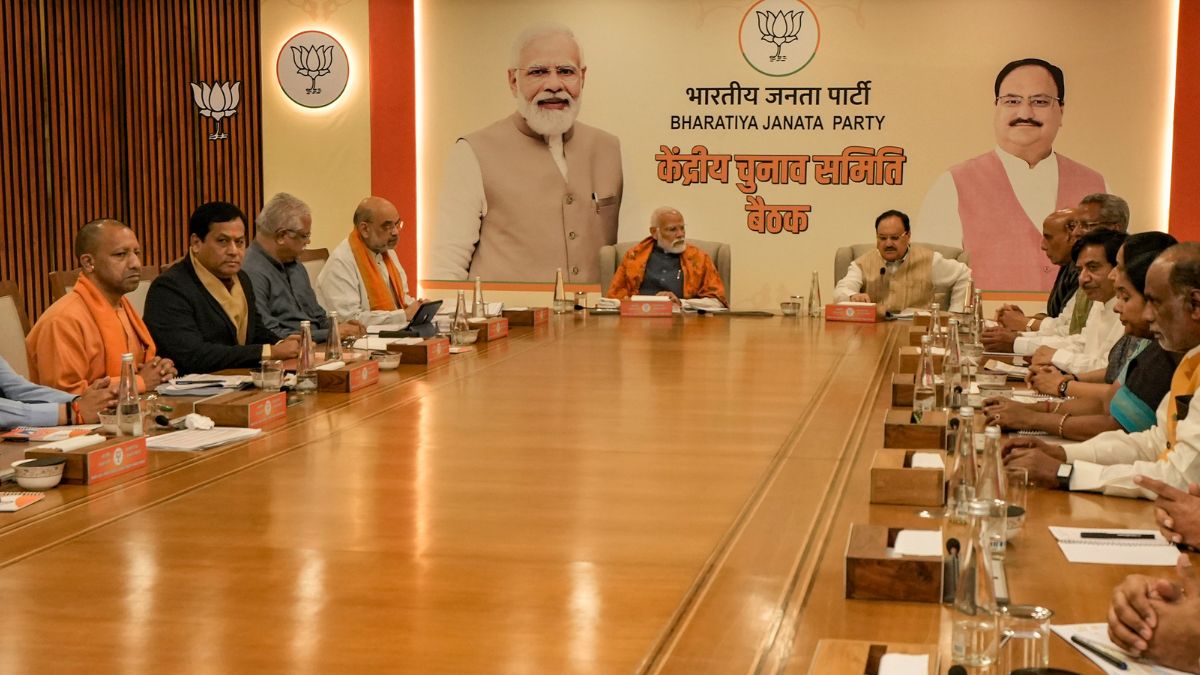The Union Cabinet approved and passed the National Health Policy on 15 March, two years after a draft copy was shared and circulated amongst stakeholders. India had last issued a health policy in 2002. The current policy, that shall be implemented after considerations from the state governments, the public and allied stakeholders, aims to provide healthcare “in an assured manner” to everyone. It also promises to tackle challenges that emerge from sociological, environmental, technological and epidemiological circumstances.
Prime Minister Narendra Modi has stated that the policy is “futuristic” and that it places the interests of citizens at its centre. But this ‘futuristic’ health policy fails to make the right to health a justiciable right – like the Right to Education (RTE) 2005 had done, for compulsory primary education.
The Right to Health is not an explicit right mentioned in the Constitution; however, Article 47 of the Constitution, contained under Part IV (Directive Principles of State Policy), mandates that it is the primary duty of the state to ensure the improvement of public health.
However, directive principles are only ideals that the state is expected to reach, and are not justiciable in courts of law. The Supreme Court in Bandhua Mukti Morcha v Union of India (1984) put down types of conditions necessary for the enjoyment of health – it held that the right to “protection of health” was subsumed within the right to live with human dignity, under Article 21 of the Constitution.
In CESC Ltd v Subhash Chandra Bose (1992), the Supreme Court relied on international instruments and inferred that the right to health is a fundamental right, and observed that health is not merely the absence of sickness. In Consumer Education and Research Centre v Union of India (1995), the Supreme Court, for the first time, held that “the right to health is an integral fact of a meaningful right to life”, and that the right to health is a fundamental right.
The apex court in Paschim Banga Khet Mazdoor Samity and Ors v State of West Bengal (1996) declared that it is the primary duty of a welfare state to ensure that medical facilities are adequate, and failure to fulfil this obligation would violate the fundamental right under Article 21.
The draft National Health Policy, 2015, by the health ministry had proposed that the right to health be made justiciable. The National Health Policy, 2017, drops this intention completely – it removes a rights-based approach altogether, providing an “assurance” and makes health an entitlement.
For a Right to Health legislation, like the RTE, 2005, the procedure would be complex as a constitutional amendment would be mandatory to move health to the concurrent list from the state list – where it is currently listed. The Policy remains silent on this, therefore, making healthcare governance an ambiguous subject. Health continues to remain in the State List, and states will have the power to regulate on the subject, and may or may not subscribe to legislations that the Centre makes and recommends.
The 2017 Policy intends to shift focus from sickness to preventive healthcare. It also aims to increase on gradually increasing public health expenditure to 2.5 percent of the GDP, and promises strengthening of health systems by improving access and quality of healthcare, while reducing costs.
The Policy highlights AYUSH (Ayurveda, Yoga & Naturopathy, Unani, Siddha and Homeopathy) as effective tools for prevention, and promotes its uses to promote good health. It also aims to reduce morbidity and preventable mortality of non-communicable diseases (NCDs) by advocating for pre-screening.
The Policy looks to the empowerment of patients by setting up tribunals and allied mechanisms where patients can seek redressal when there are grievances over treatment. Along with this, the Policy envisions at the provision of assured comprehensive primary healthcare through Health and Wellness Centres.
For combating HIV and AIDS, the Policy seeks to achieve the global target of “90:90:90” by 2020, where 90 percent of all people living with HIV (PLHIV) are aware of their status, 90 percent of those diagnosed receive sustained antiretroviral therapy (ART) and 90 percent of those receiving ART have viral suppression. The draft of 2015 had also suggested a health cess, which has also been dropped.
But the question remains: Why deviate from the draft policy of 2015, where health was identified as a basic human right?
Since the right to health flows from the right to life, making the former a fundamental right would be considered by most as a natural corollary; since denying someone quality healthcare would translate to a violation of the right to life.
Making the right to life a fundamental right would mean that the state would have a positive obligation to provide quality healthcare to its citizens, and failure to do this would result in legal actions against state authorities. One also grapples with the concept of preventive healthcare – a salient feature of the 2017 Policy – without a positive obligation from the state to protect and promote the right to health.
How will a “sick-care” to “wellness” model of healthcare work without the state’s accountability and engagement to make the ecosystem less hazardous for the well-being of its citizens?


)




)
)
)
)
)
)
)
)